|
36. Lycaena hippothoe (Linnaeus, 1761) / Purple-edged copper / Lycaenidae – Lycaeninae
NL: rode vuurvlinder / D: Ampferfeuerfalter, Lilagold-Feuerfalter / F: cuivré écarlate, l’argus satiné changeant
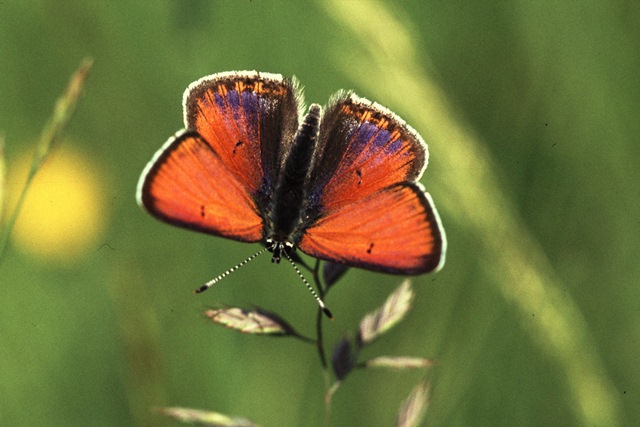  
Photographs: Frits Bink ©.
Small, wing length 17 (15-18) mm. In the Benelux, the species is present only in the Ardennes area on the cool sites in Wallonia and Luxemburg.
A century ago it was also present on several localities in the Netherlands; the last specimen was taken in 1946 near Wolvega.
Butterfly is on the wing from early-June until late –July. The species is known from sub-maritime and severe continental climates, amplitude 8 to 20. Required heat sum 200°d and maximum tolerated 900°d, corresponding climate windows 15 and 26 weeks.
The species occurs in subarctic and alpine climates. In the Baraque de Fraiture, Wallonia and in Jutland, Denmark, it inhabits marshes, hayfields and roadside verges.
It is considered to be an example of an inhabitant of cool climates that had disappeared as a result of climate warming.
Ecological characteristics
Behaviour over time
Overwintering: small larva in third instar, hidden in the litter layer.
Reproduction: oviposition starts after 2-3 days when the body contains 68 (62-73) eggs. Estimated potential production twice as much.
Larval feeding periods: in summer about 28 days in early-July until mid-August. In next spring 41 (33-46) days from mid-April until mid-June.
Generations: one.
Spreading of risk: repeated diapause may occur, in the second winter the larvae hibernate in the fourth instar.
Life cycle: egg about 10 days; larvae about 47 weeks; pupa 16 (10-25) days.
Life span of adult: short, 2 weeks.
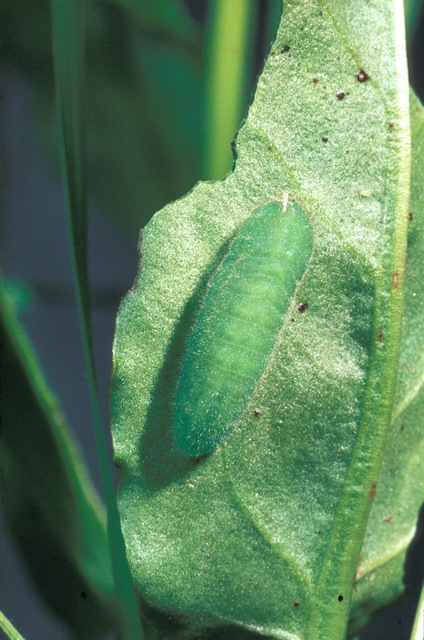 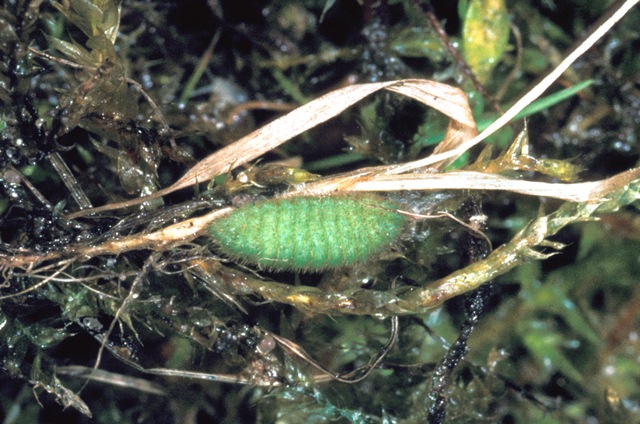
Photographs: Frits Bink ©.
Behaviour in space
From stay-at-home to migrant: male stays in the neighbourhood of its perch, females are rather nomadic.
Finding a mate: male perches, female searches for the male.
Orientation in the landscape: on medium tall grass vegetation with edge like patterns.
Oviposition: some eggs together on the upper side of the leaf of the host-plant.
Defence
Threats from other organisms: no defence, thus vulnerable to predators.
Myrmecophily: very week, ants are not interested in the larvae.
Threats from the environment: the species occurs mainly on cool and humid sites, a sign that the butterflies are vulnerable to heat and drought.
Feeding habits
Adult: nectar of flowers in the herb layer, prefers flowering snakeweed.
Larva: first instar larvae makes ‘windows’, the bigger larvae eat the whole leaf.
Larval foodplants
Plant species: Polygonaceae, Rumex acetosa, R. acetosella, R. crispus.
Journal
Rearing experiment based on specimen from Baraque de Fraiture, Belgium:
15 June 1980: female captured.
17 August: eggs had been laid, which hatched and larvae in moult L2-3, 5 mm in length.
Overwintered indoors.
6 March 1981: taken indoors, larvae immediately started to feed.
1 April: larvae on R. hydrolapathum and R. acetosa grew equally as fast, the biggest one was now 8 mm in length.
8 April: larvae in daytime on the upper side of the leaf in the sunshine.
12 April: large size difference in larval size, from 8 to 18mm in length.
15 April: one pupated, larva 19 mm, pupa 13 mm in length.
21 April: second pupa present.
9 May: first adult appeared, all larger larvae pupated, three larvae in L4 had entered diapause under a wilted leaf.
18 May: last pupa hatched.
14 June: one of the larvae which had entered diapause became active and was near to pupating.
26 June: adult appeared.
Table 36-1. Results of dissections

Table 36-2. Collection and observation localities
B, Baraque de Fraiture 550 m, 50° 14’ 32”N – 5° 46’ 58”E; 15 June 1980, 19 June 1983, 6 May 2000.
D, Pottenstein 475 m, 49° 47’ 25”N – 11° 25’ 16”E; 23 July 1984, 17 June 1985.
EST, Kuresoo, 58° 28’ 00”N – 25° 11’ 59”E; 8 July 1999.
DK, Aalbeak 57° 37’ 10”N – 10° 17’ 25”E; 15 June 2004.
DK, Frøstrup 57° 05´ 48”N – 8° 52´ 54”E; 13 June 2004.
DK, Gundersted 56° 55’ 08”N – 9° 26’ 31”E; 10 July 2005.
DK, Lundby 56° 55’ 46”N – 9° 29’ 43”E; 8 July 2005.
DK, Ørnhej 56° 13´ 06”N – 8° 34´ 00”E; 13 June 2004.
DK, Ørnhej 56° 13´ 06”N – 8° 34´ 00”E; 14 July 2005.
S, Öland, Noaks ark 26 m, 56° 46’ 29”N – 16° 37’ 27”E; 9 July 1982.
Fig. 36-1. Lycaena hippothoe, phenogram adapted from Fichefet et al. 2008: 119.

Fig. 36-2. Lycaena hippothoe, habitat characteristics.
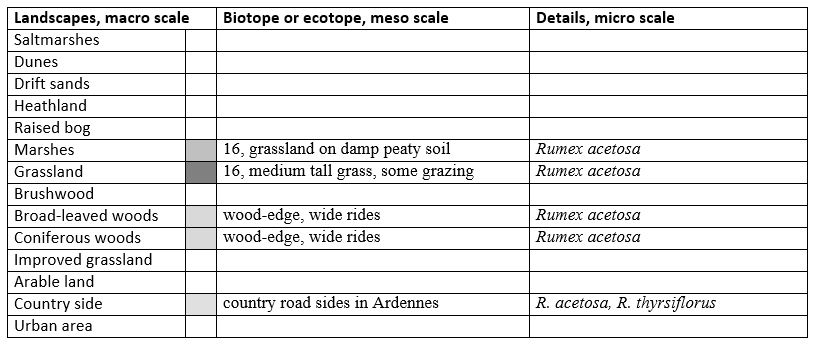
Fig. 36-3. Lycaena hippothoe, climate matrix, heat-sums 200 - 900°d.
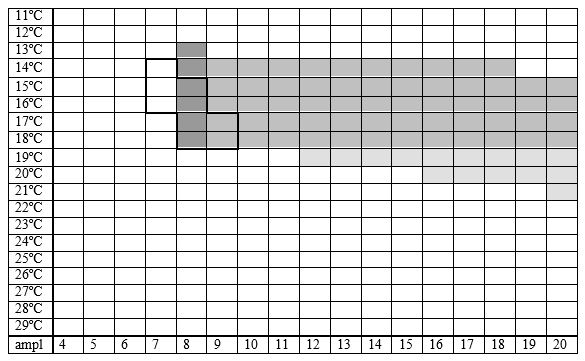
|










